No matter how often players try to turn Overwatch into the most complicated game created by man, at the game’s core, we’re just moving teams or payloads from one place to another. With this in mind, the developers decided to lighten up that idea with a new mode for the sequel.
Overwatch 2’s new mode, Push, asks players to gently escort a cheery robot across a sprawling map. As he ambles along, he’ll push a small payload toward checkpoints that will unlock closer spawns and turn up the speed of the match. It’s a simple concept with a lot of potential intricacy at the most competitive level.
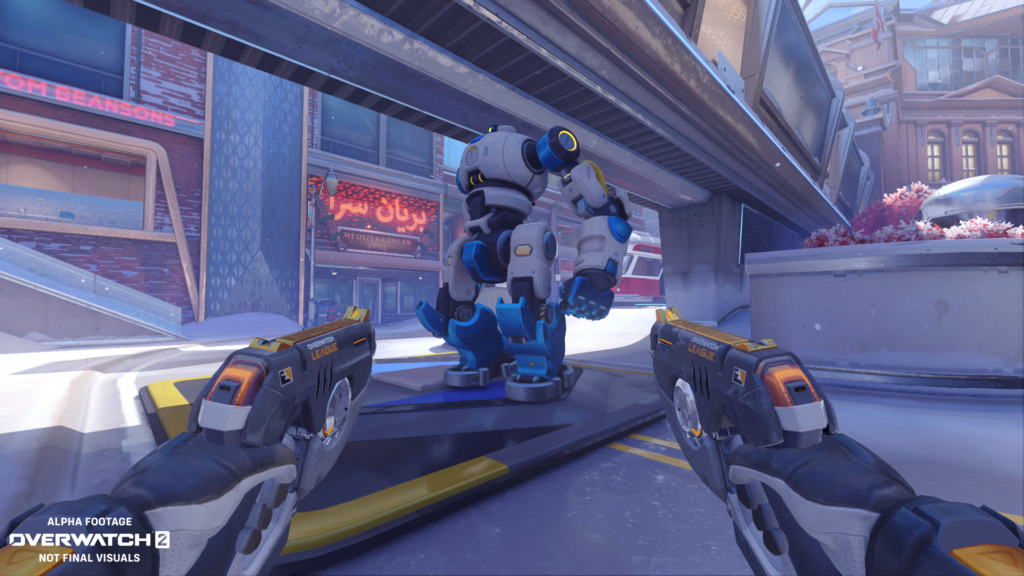
How to play Push
For now, only two maps are enabled for the Push game mode: New Queen Street and Colosseo. On both maps, teams will have an initial spawn on either side of the map that’s an equivalent amount of space away from the star of the show, TS-1 the Push robot.
TS-1 and the “payload” unlock after 30 seconds, much like standard Control points do, giving players enough time to make it to his position on the map. As teams start trading blows, the real chaos begins.
Once the Push bot unlocks and one team has eliminated all of their opponents, the robot will begin moving toward the opposing team’s spawn. The ultimate goal—and the game’s win condition—is to get TS-1 farther from the middle starting point than the other team can.

Players’ initial goal, however, should be to get the robot to the first checkpoint. Each team has a checkpoint roughly halfway between the start point and the enemy spawn. When TS-1 clears this checkpoint, the pushing team earns itself a forward spawn that makes attacking even easier. Teams lose this forward spawn when TS-1 re-crosses the initial middle point, not when the bot re-crosses the checkpoint itself.
When the enemy team takes over the Push robot, it will begin moving in the other direction. TS-1 is speedy when moving toward the last place the team stopped pushing, but regains that standard slow amble when making “new” progress for either team. Take time here to enjoy the amazing voice lines from TS-1 encouraging both teams to keep the game moving.
Push ends when one team gets TS-1 all the way to the enemy spawn, which will finish the game instantly. It will also end when time runs out. At that point, the team that has pushed TS-1 the farthest (measured in meters, like other modes) is declared the winner. Overtime works the same, though, so a team can make a surprising comeback as long as they stay next to the Push bot at all times.
Strategies and tips
At its core, Push operates as a more fast-paced version of Escort with a lot of nuance and potential for creative or high-level plays. Unlike Escort versions in the base game, the optimal strategy is objectively to not have every player stack on the payload.
Both New Queen Street and Colosseo are built to encourage flanks and surprise attacks from every angle. Players are no longer operating on a map like King’s Row, which has a limited amount of places to spring attacks or set up defenses. Shops, ruins, and multiple vertical levels complicate both maps and entice players into spreading out and taking space.
If every player piles onto the Push bot, the team will be missing valuable opportunities to flank or rain down damage from above. One to two players could hang around TS-1 to encourage movement, but the rest of the team should be taking space and engaging in fights further ahead. Take advantage of the advanced mobility of some characters, like Sojourn or D.Va, to bounce back and forth between the payload and the thrill of battle.
While it seems obvious to push as far as possible at any cost, be mindful of how valuable a forward spawn is for this mode. Taking that first checkpoint—and maintaining the spawn—is critical to victory. Above all else, enjoy the fast-paced gameplay of Push and be grateful that the era of 30-minute Assault maps is behind us.


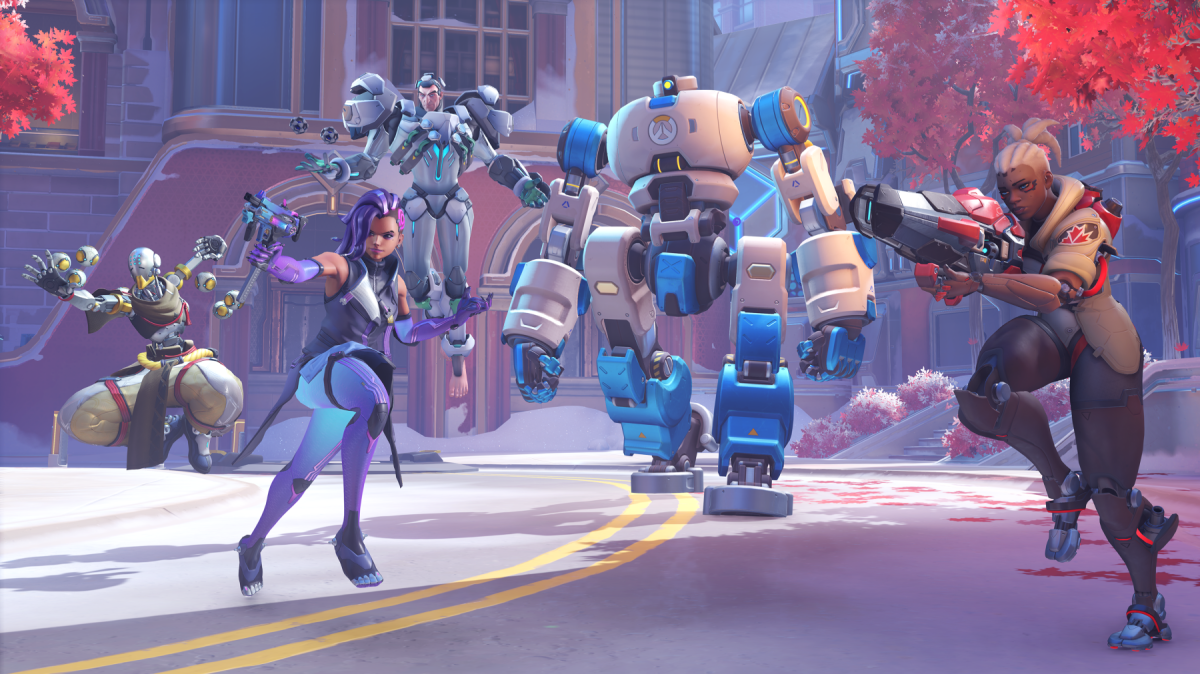
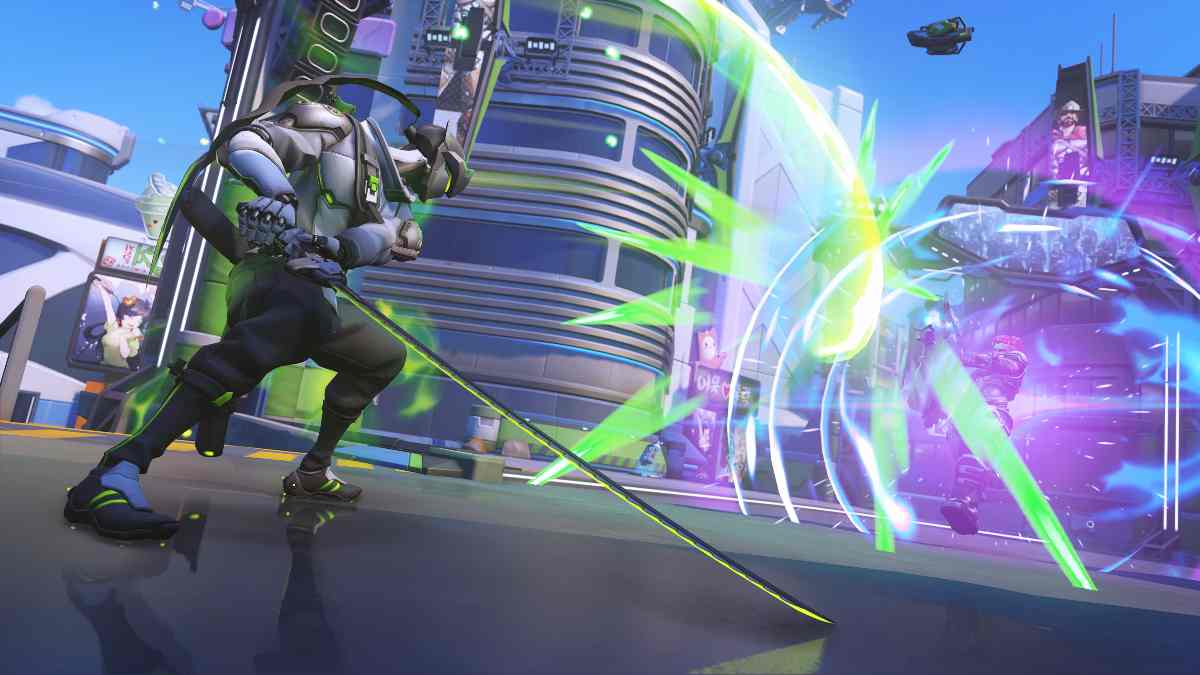
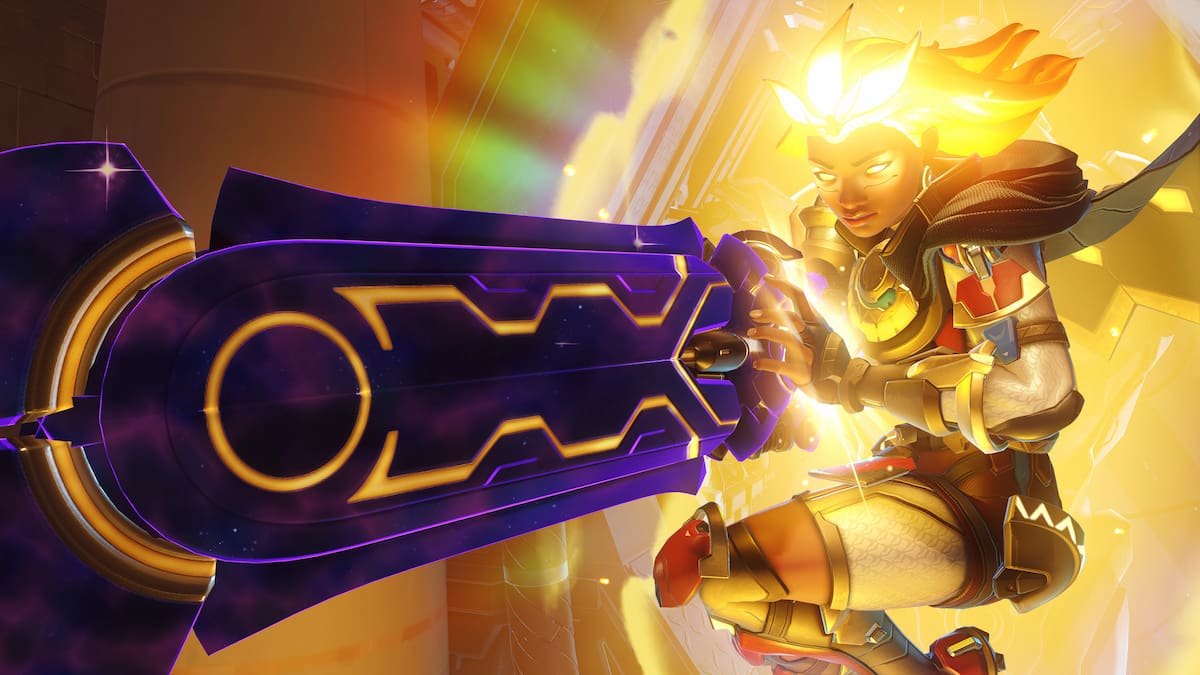
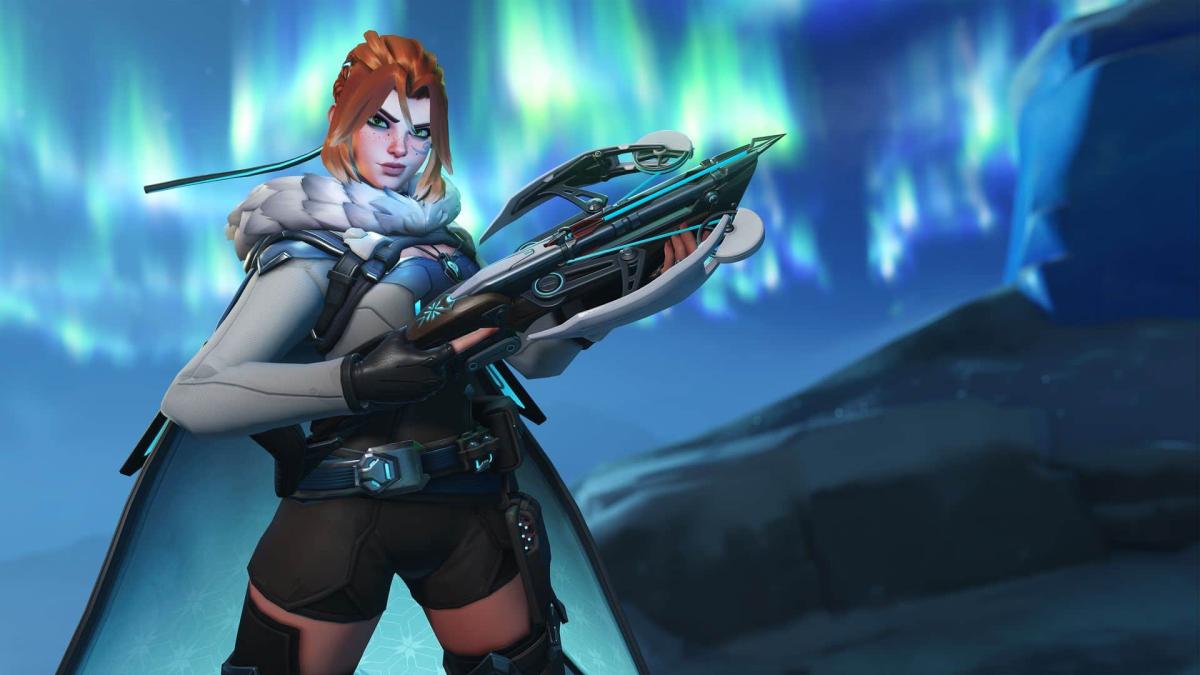
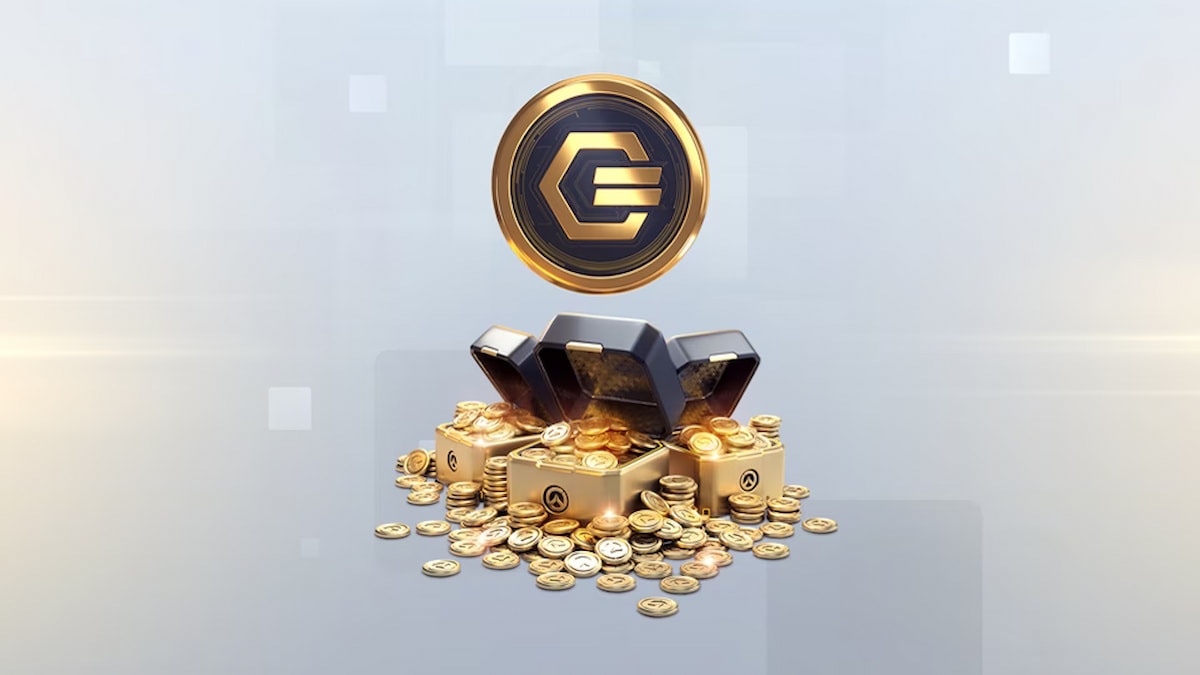
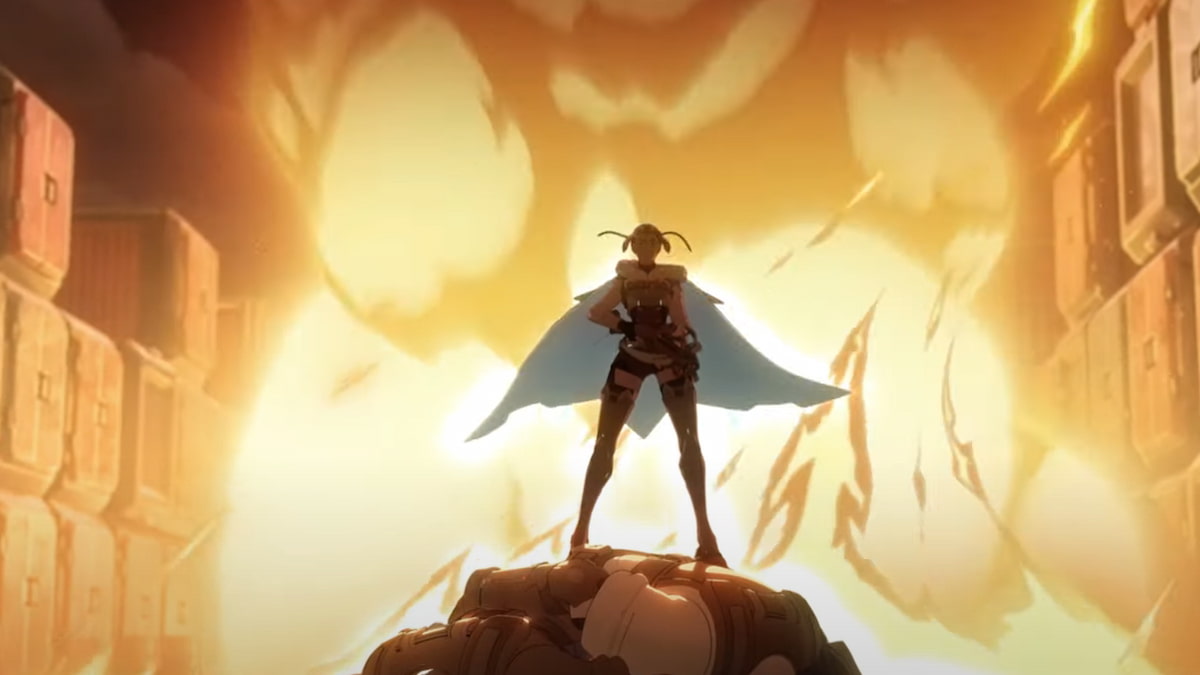
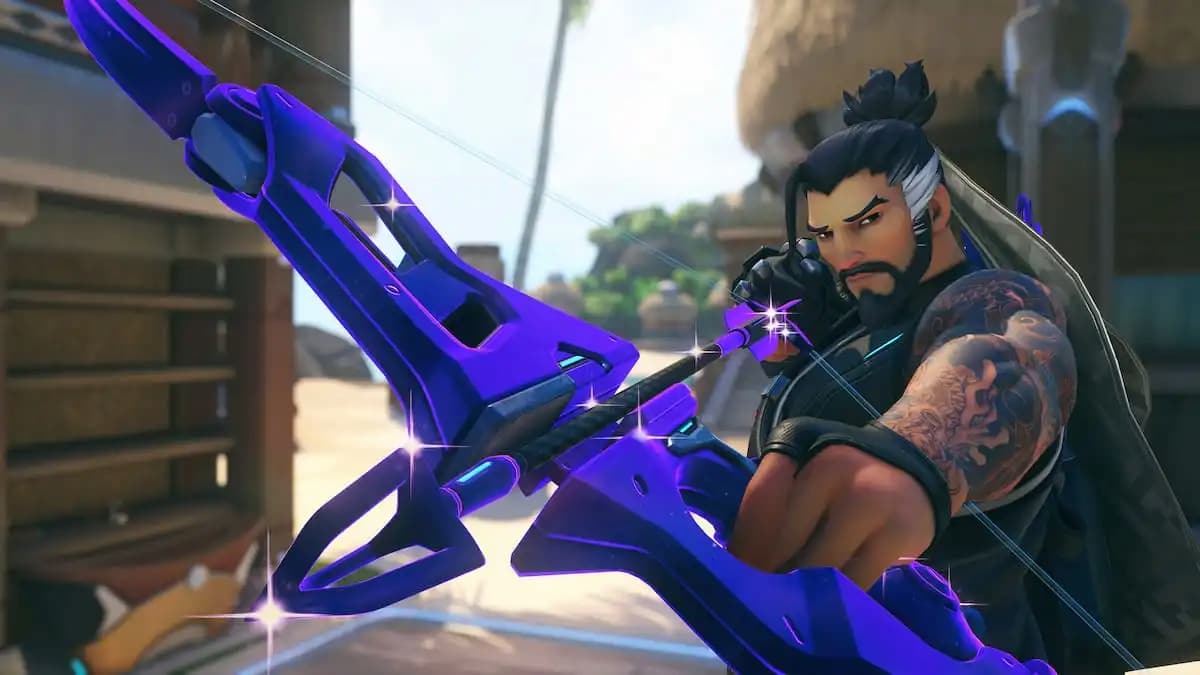
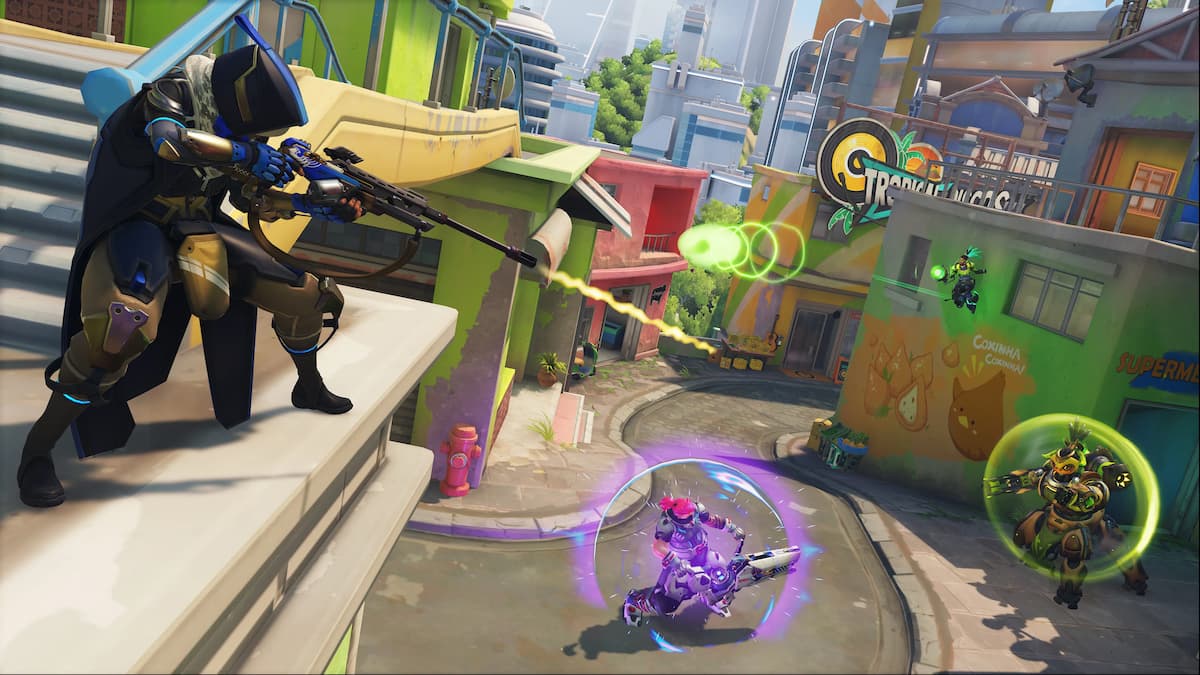
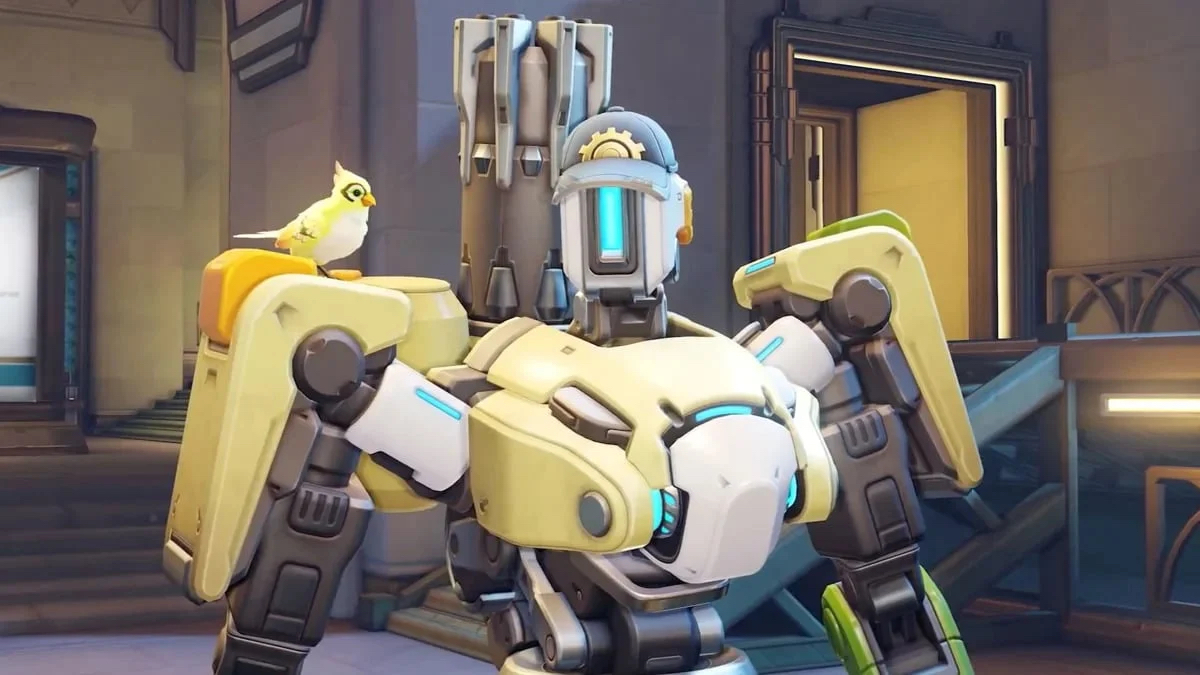
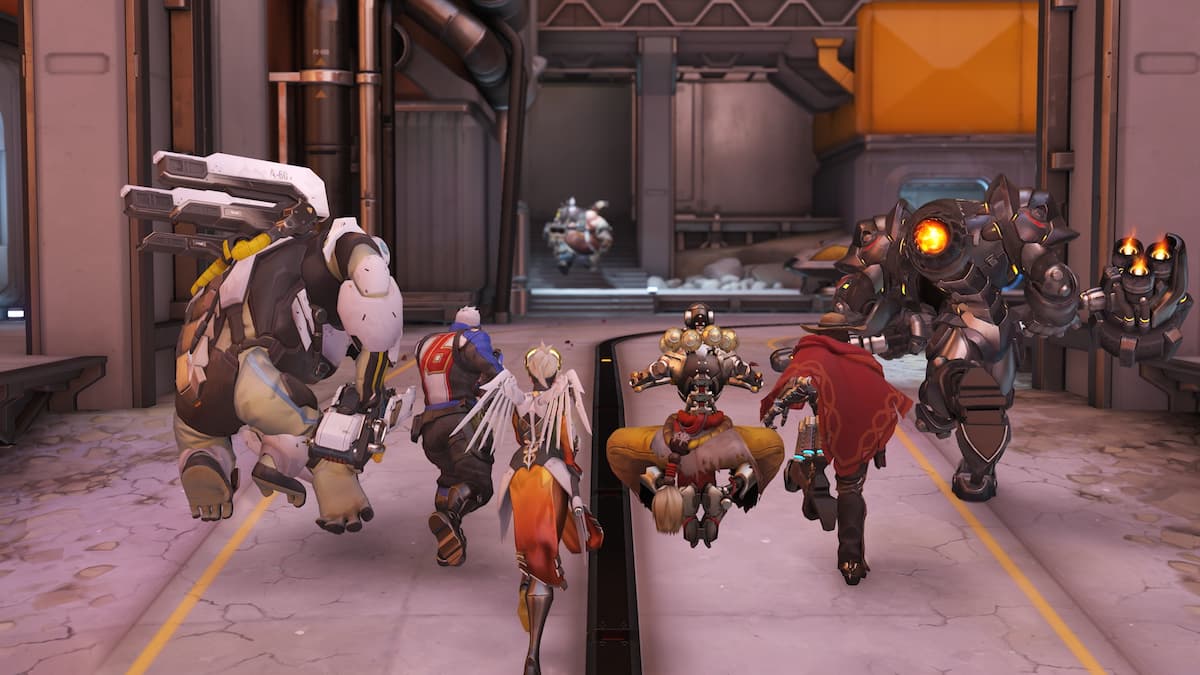
Published: Apr 21, 2022 11:00 am